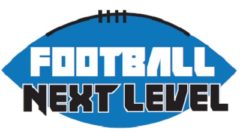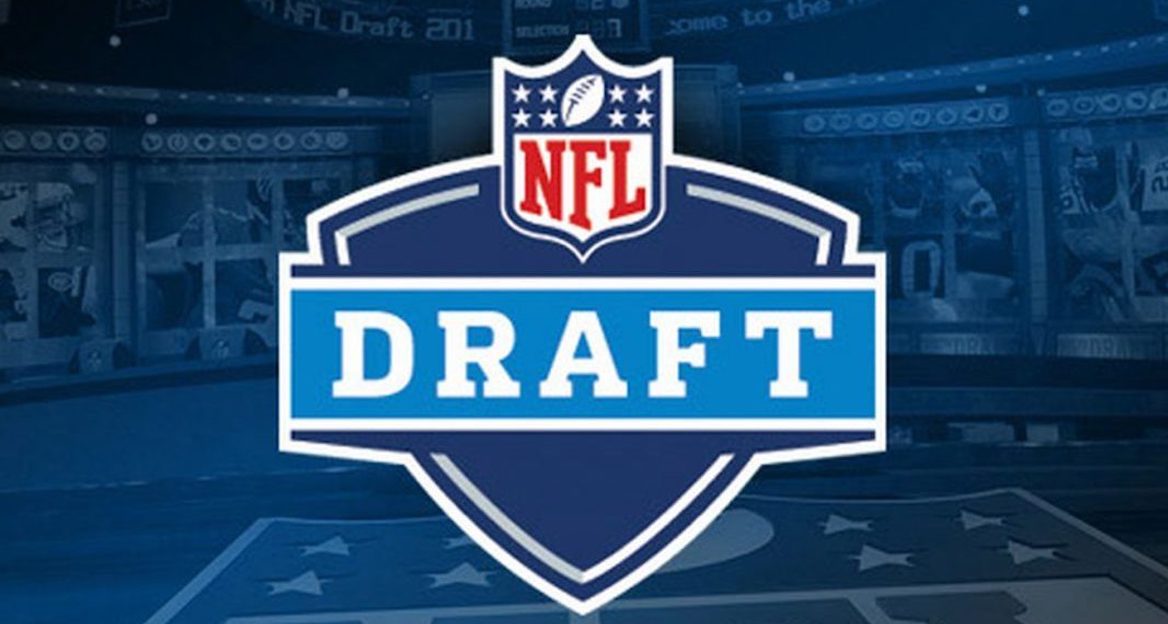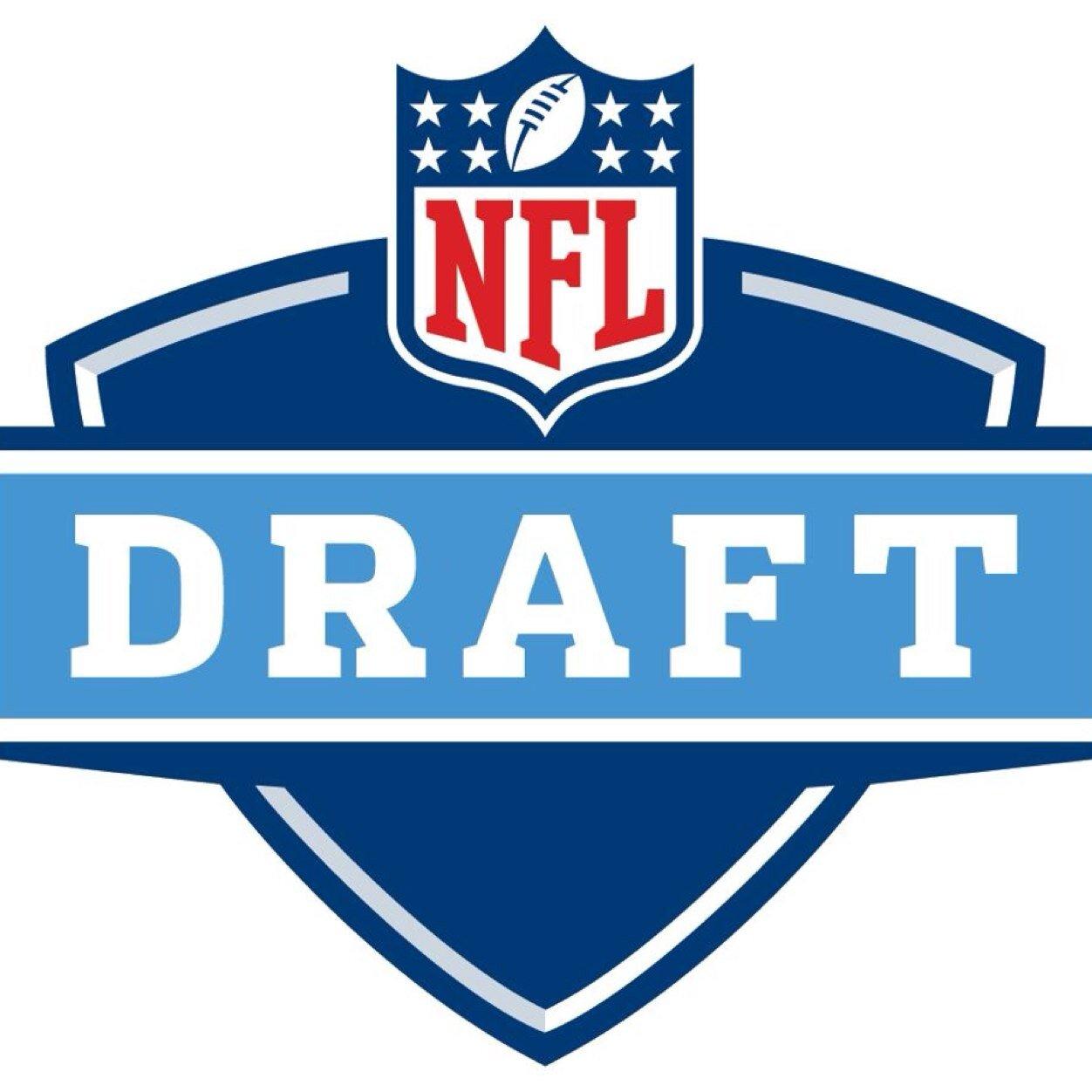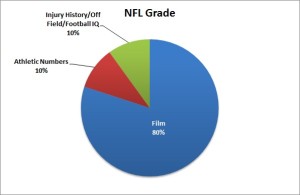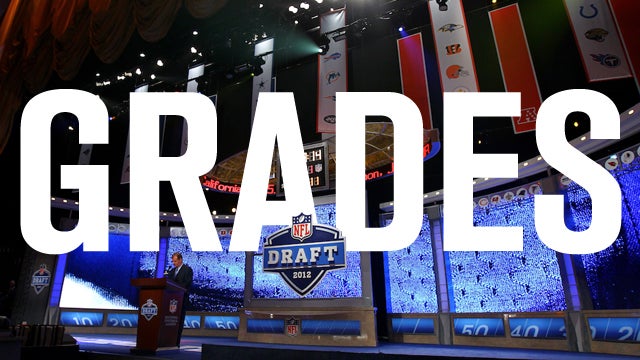
By Justin VanFulpen
A lot of people believe that the NFL Draft is made up of the Power 5 college football conferences (ACC, Big 10, Big 12, SEC & Pac-12) in college football but that is not totally the case. If we take a look at the past 5 NFL Draft we see that there are a good amount of draft picks that come from other levels of college football.
2017 NFL Draft (256 picks):
63 Draft picks Non-Power 5 (24.6%)
22 of those 43 Non-FBS
Buffalo Bills QB Josh Allen, Wyoming – 1st round 7th overall was earliest Non-Power 5 pick.
Philadelphia Eagles TE Dallas Goedert – 2nd round 49th overall was earliest Non-FBS pick.
2017 NFL Draft (253 picks):
43 Draft picks Non-Power 5 (16.9%)
15 of those 43 Non-FBS
Tennessee Titans WR Corey Davis, Western Michigan – 1st round 5th overall was earliest Non-Power 5 pick.
Chicago Bears TE Adam Shaheen, Ashland – 2nd round 45th overall was earliest Non-FBS pick.
2016 NFL Draft (253 picks):
57 Draft picks Non-Power 5 (22.5%)
20 of those 57 Non-FBS
Philadelphia Eagles QB Carson Wentz, North Dakota State -1st round 2nd overall was earliest Non-Power 5 and Non-FBS pick.
2015 NFL Draft (256 picks):
56 Draft picks Non-Power 5 (21.8%)
20 of those 56 Non-FBS
Baltimore Ravens WR Breshad Perriman, UCF – 1st round 26th overall pick was the earliest Non-Power 5 pick.
San Francisco 49ers S Jaquiski Tartt, Samford – 2nd round 46th overall pick was the earliest Non-FBS pick.
2014 NFL Draft (256 picks):
84 Draft picks Non-Power 5 (32.8%)
24 of those 84 Non-FBS
Jacksonville Jaguars QB Blake Bortles, UCF – 1st round 3 pick overall was the earliest Non-Power 5 pick.
New England Patriots QB Jimmy Garoppolo, Eastern Illinois – 2nd round 62nd overall was the earliest Non-FBS pick.
2013 NFL Draft (254 picks):
88 Draft picks Non-Power 5 (34.6%)
29 of those 88 Non-FBS
Kansas City Chiefs OT Eric Fisher, Central Michigan – 1st round 1st overall pick was the earliest Non-Power 5 pick.
Atlanta Falcons CB Robert Alford, Southeastern Louisiana – 2nd round 60th overall was the earliest Non-FBS pick.
2012 NFL Draft (253 picks):
69 Draft picks Non-Power 5 (27.2%)
22 of those 69 Non-FBS
Kansas City Chiefs DT Dontari Poe, Memphis – 1st round 11th overall pick was the earliest Non-Power 5 pick.
St. Louis Rams WR Brian Quick, Appalachian State – – 2nd round 33rd overall was the earliest Non-FBS pick. (In 2012 Appalachian State was non FBS – they have moved to the FBS now)
So in the past 5 NFL Draft we see there was at least 1 first round pick from a Non-5 Power conference and in 2013 the first overall pick came from a Non-5 Power conference. In the past 4 NFL draft ever year there has been a 2nd round pick that was from a Non-FBS school.
So just remember if you are in a Power 5 conference there are other guys looking to get drafted just as high as you are and if you are not in a Power 5 conference it doesn’t matter if you can play football the NFL will find you.
